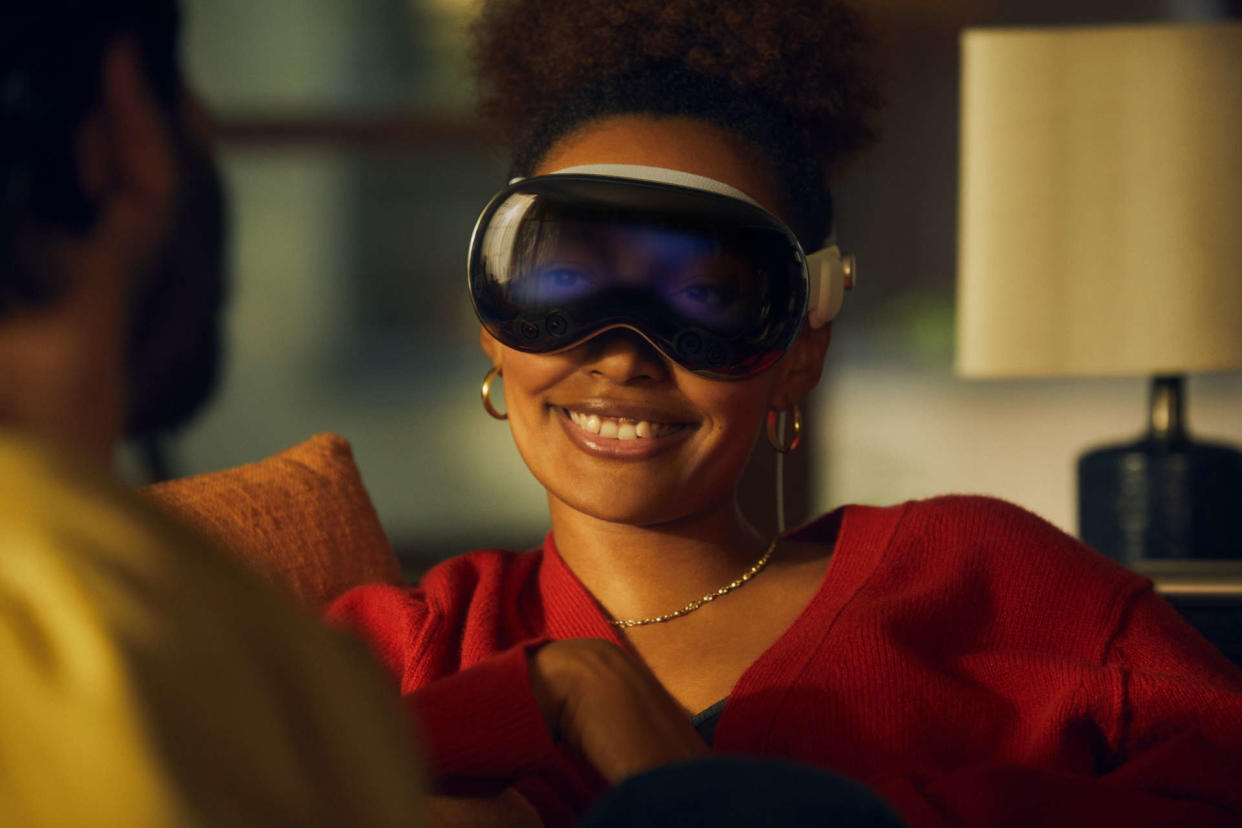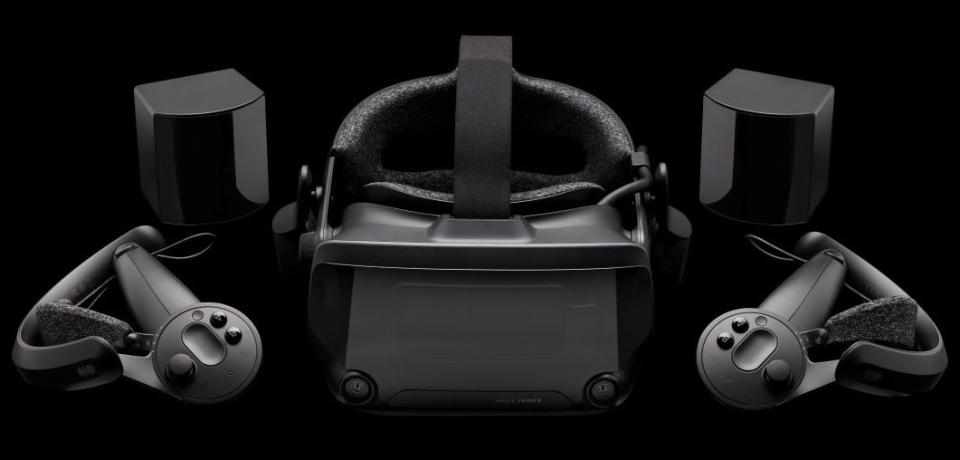Apple reportedly slashes Vision Pro headset production and cancels updated headset as sales tank in the US

Apple has reportedly slashed production volumes of the Vision Pro mixed reality headset by nearly half. So says analyst and leading Apple soothsayer Ming-Chi Kuo.
Kuo reckons the original plan was for up to 800,000 units of the headset in 2024. This has now been cut to 400,000 to 450,000. He also notes that Apple has made the call to reduce production before the headset has even gone on sale in markets outside the US.
That suggests demand in the US has been much lower than expected. What's more, Kuo says the poor performance of the Vision Pro could mean that a planned update to the headset in 2025 may be cancelled.
It's tempting to conclude that once the initial flurry of sales to YouTubers and influencers died down, the underlying demand from real-world users was always going to be limited. Arguably that's thanks to two pretty obvious factors.
First, the Apple Vision Pro costs $3,499 before extras, so it's not going to be an impulse purchase for any but the most well heeled. Second, it's a big, bulky, awkward device to use, not something that many people are going to be happy to have on during their normal day-to-day activities.
In other words, you have to be very keen on the concept to buy in, both financially and ergonomically. That's despite the fact that the headset represents a significant technological stepchange thanks to the quality of its micro-OLED displays and optics, not to mention a very slick interface.
Moreover as Kuo points out, Apple has yet to surface a really killer app for the headset. It's pitched more precisely as a mixed reality headset with a strong emphasis on real-world video passthrough as opposed to a pure VR or virtual reality headset, the latter arguably more niche but at least offering one really compelling application, namely gaming.
Yes, it's a very nice toy. It's an interesting alternative to a large TV or projector for consuming content. And it does provide an intriguing glimpse into one possible future for human-machine interfaces. But it's an awful lot of money for that kind of whimsy, no matter how superficially spectacular.
Virtual reality

Best VR headset: which kit should you choose?
Best graphics card: you need serious GPU power for VR
Best gaming laptop: don't get tied to your desktop in VR
As for what this says about the future of MR and VR headsets, well, probably not very much. While Vision Pro is a technical marvel in some regards, it is ultimately expensive and physically clunky. The $3,500 price and sheer weight and size of the thing sitting on your head narrow the market pretty dramatically.
So, the Vision Pro doesn't provide much insight into how a more accessible and usable MR device with similar technical capabilities might be received. It also doesn't say much about the gaming VR market and how initiatives like Meta opening out its Horizon OS for use by third party headset makers including Asus.
In other words, if Kuo is right about Apple reigning in Vision Pro production it probably doesn't change the outlook for MR or VR much. It was never going to be a mass market device.

